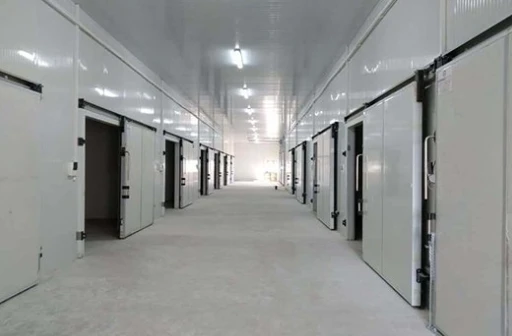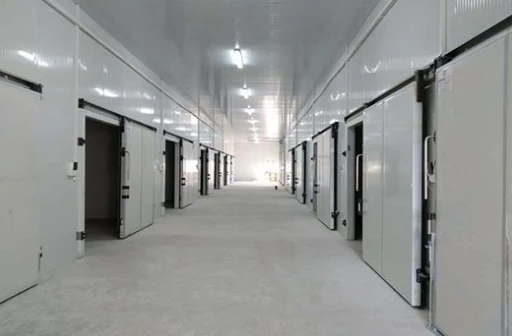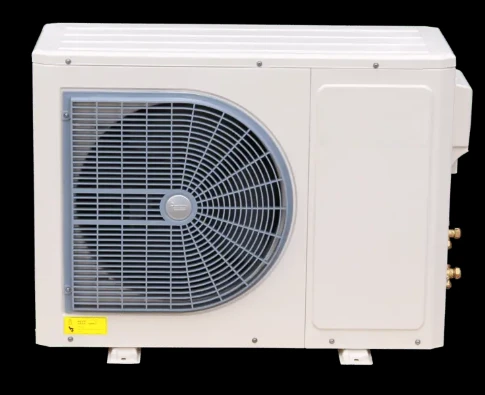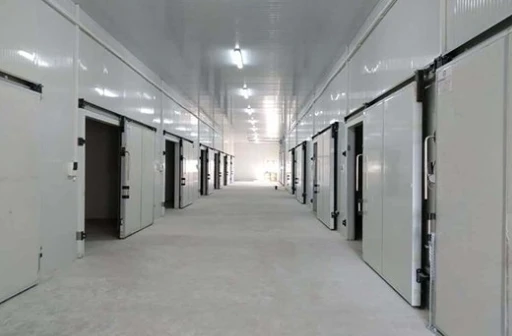Understanding the Costs Involved in Purchasing a Blast Freezer for Your Business Needs
Understanding Blast Freezer Costs for Businesses
In the world of food production, preservation, and storage, maintaining the quality and safety of products is paramount. One of the most reliable solutions for achieving this is the blast freezer. A blast freezer rapidly cools food products, locking in freshness and preventing the formation of large ice crystals, which can compromise texture and flavor. However, for businesses considering the purchase or lease of a blast freezer, understanding the associated costs is crucial for making an informed decision.
Initial Investment Costs
The cost of a blast freezer can vary widely depending on several factors, including size, capacity, and features. For smaller operations, a basic model may cost anywhere from $5,000 to $20,000. Medium-sized units designed for restaurants or catering companies can range from $20,000 to $50,000. Larger industrial-scale models, suitable for food manufacturers, can exceed $100,000. Potential buyers should carefully assess their needs to determine the appropriate size and capacity for their operations.
Operating Costs
In addition to initial purchase costs, businesses must also consider operating expenses. Blast freezers typically consume significant amounts of energy, impacting electricity bills. Energy-efficient models can help mitigate these costs, but it’s essential to calculate the expected operational costs when evaluating a potential purchase. Furthermore, maintenance and repair costs must also be factored in, as regular maintenance is necessary to keep the equipment running efficiently and extend its lifespan.
Installation Costs
blast freezer cost company
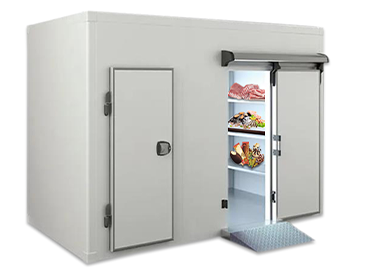
The installation of a blast freezer can also incur additional costs, especially if it requires specialized electrical or plumbing installations. Businesses should consult with professionals to ensure that their facilities can accommodate the specific requirements of the unit. This includes assessing power supply, drainage, and ventilation needs, all of which can contribute to the overall installation budget.
Lease vs. Purchase
For some businesses, leasing a blast freezer may be a more viable financial option than purchasing outright. Leasing allows companies to avoid hefty upfront costs and provides flexibility—ideal for businesses that are just starting or those that experience fluctuating demand. Lease agreements typically cover maintenance, saving businesses from unexpected repair expenses. However, it's important to read the fine print and understand the total cost of leasing over time compared to purchasing a unit outright.
Long-Term Savings
Investing in a blast freezer can result in significant long-term savings. By reducing spoilage and maintaining product quality, businesses can effectively extend the shelf life of their goods. This preservation allows companies to reduce waste and take advantage of bulk purchasing, resulting in lower procurement costs. Additionally, high-quality frozen products can be marketed at premium prices, enhancing profitability.
Conclusion
In conclusion, while the costs associated with purchasing or leasing a blast freezer can be significant, the benefits for businesses in the food industry are undeniable. From extending product shelf life to enhancing food quality, the right blast freezer can be a vital asset. By carefully evaluating the initial investment, operating expenses, and potential savings, companies can make informed decisions that align with their financial capabilities and operational needs. As the demand for high-quality, preserved food continues to grow, investing in reliable freezing technology is more important than ever for successful food businesses.



